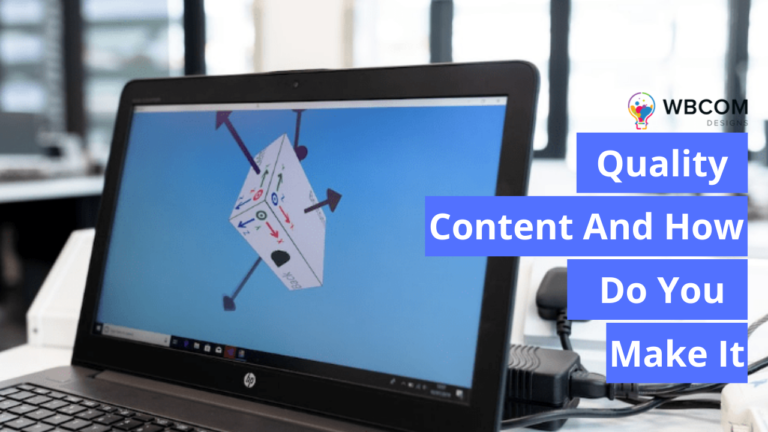Adherence to established frameworks is paramount for organizational success and governance sustainability. One such framework, the Committee of Sponsoring Organizations of the Treadway Commission (COSO), serves as a cornerstone for effective governance, risk management, and internal control. Implementing a comprehensive guide to the COSO framework and compliance entails a meticulous process spanning five distinct phases, each crucial for achieving compliance and maximizing operational efficiency.
Table of Contents
TogglePhase 1: Understanding the COSO Framework
The journey towards mastering governance through the COSO framework begins with a comprehensive understanding of its principles and objectives. The COSO framework aims to enhance organizational performance by promoting sound internal control over financial reporting. Understanding the framework’s components—control environment, risk assessment, control activities, information and communication, and monitoring activities—lays the foundation for successful implementation.
Each component plays a vital role in establishing a robust control environment that fosters transparency, accountability, and integrity within an organization. The control environment sets the tone at the top, emphasizing the importance of ethical behavior and adherence to policies and procedures. Risk assessment enables organizations to identify, assess, and prioritize risks, allowing for proactive mitigation strategies. Control activities encompass the policies, procedures, and practices implemented to address identified risks effectively.
Information and communication facilitate the flow of relevant, timely, and accurate information throughout the organization, enabling informed decision-making and effective oversight. Monitoring activities involve ongoing evaluation of internal control systems to ensure their effectiveness and compliance with established standards. By understanding and integrating these components, organizations can establish a robust governance, risk management, and internal control foundation, ultimately driving sustainable success and stakeholder confidence.
Phase 2: Assessing Organizational Needs
Before embarking on the implementation journey, organizations must thoroughly assess their unique needs and challenges. This entails evaluating existing internal control systems, identifying potential gaps, and assessing alignment with COSO framework requirements. A comprehensive needs assessment provides invaluable insights into areas requiring improvement and informs subsequent implementation strategies.
Such an assessment thoroughly examines current internal control mechanisms, including policies, procedures, and organizational structures. By scrutinizing these systems, organizations can pinpoint inefficiencies, vulnerabilities, and areas of non-compliance that may undermine governance objectives. Furthermore, assessing the level of alignment with COSO framework requirements enables organizations to identify gaps and discrepancies, thereby guiding the development of targeted remediation plans.
A comprehensive needs assessment also involves engaging key stakeholders across various functional areas to gain diverse perspectives and foster collaboration. Organizations can ensure a holistic understanding of governance challenges and priorities by soliciting input from internal auditors, compliance officers, and departmental leaders. This collaborative approach enhances the assessment’s accuracy and reliability and promotes buy-in and ownership of subsequent implementation efforts.
A thorough needs assessment is a critical foundation for successfully implementing the COSO framework, empowering organizations to address existing deficiencies, align with regulatory requirements, and enhance overall governance effectiveness.
Also Read: How To Add Contact Form In WordPress Website
Phase 3: Designing an Implementation Plan
Upon reaching the phase of designing a tailored implementation plan, organizations embark on a critical juncture of their COSO framework journey. This phase necessitates a comprehensive approach, wherein specific objectives, timelines, resource allocations, and responsibilities are delineated to ensure a systematic and coordinated implementation process. Collaboration among stakeholders, including senior management, internal auditors, and compliance officers, is paramount during this phase.
By harnessing diverse stakeholders’ collective expertise and perspectives, organizations can develop a cohesive implementation strategy that aligns seamlessly with overarching organizational goals and objectives. This collaborative effort facilitates the identification of potential challenges and barriers and fosters consensus and buy-in across various organizational levels. The implementation plan emerges as a dynamic blueprint through meticulous planning and stakeholder engagement, guiding the organization toward success in the COSO framework while fostering resilience and adaptability in the face of evolving regulatory landscapes and business dynamics.
Phase 4: Implementation and Integration
Execution of the implementation plan marks a critical phase in the journey towards the success of the COSO framework. This phase involves translating conceptual frameworks into actionable policies, procedures, and control mechanisms. Key activities may include:
- Establishing control activities.
- Enhancing communication channels for effective reporting.
- Integrating monitoring mechanisms to ensure ongoing compliance.
Effective communication and training programs are vital to foster organizational buy-in and facilitate the smooth integration of COSO principles into daily operations.
Also Read: WordPress Plugins That Help In Doubling Your Website Traffic
Phase 5: Continuous Monitoring and Improvement
Achieving COSO framework success is not merely a one-time endeavor but an ongoing commitment to continuous improvement. The final phase entails establishing robust monitoring mechanisms to evaluate the effectiveness of implemented controls and identify areas for refinement. Regular audits, assessments, and feedback loops enable organizations to adapt to evolving risks and regulatory requirements while aligning with COSO principles. Continuous improvement fosters a culture of accountability, transparency, and agility, positioning organizations to navigate dynamic business landscapes confidently.
Moreover, embracing a culture of continuous improvement fosters innovation and resilience within organizations. By actively seeking opportunities for enhancement and optimization, businesses can stay ahead of emerging threats and capitalize on new opportunities. Continuous monitoring allows for the timely identification of emerging risks, enabling proactive mitigation strategies to be implemented. Furthermore, ongoing evaluation of controls facilitates the identification of inefficiencies or gaps, prompting targeted improvements to bolster effectiveness.
A commitment to continuous improvement also strengthens stakeholder confidence and enhances reputational integrity. Demonstrating a proactive approach to governance and risk management instills trust among investors, customers, and regulatory bodies, reinforcing the organization’s credibility in the marketplace. Ultimately, organizations can achieve sustained success and resilience in an ever-changing business environment by prioritizing continuous improvement as a fundamental aspect of COSO framework implementation.
Conclusion
Mastering governance through the comprehensive guide to coso framework and compliance is a multi-faceted journey that demands meticulous planning, execution, and continuous improvement. By embracing the five phases outlined—understanding the framework, assessing organizational needs, designing an implementation plan, executing implementation, and constant monitoring—organizations can enhance their governance practices, mitigate risks, and achieve sustainable success.
Understanding the COSO framework lays the groundwork for aligning internal controls with organizational objectives while assessing organizational needs to identify areas for improvement and tailor implementation strategies accordingly. Designing a comprehensive implementation plan ensures a systematic approach, with clear goals, timelines, and responsibilities delineated.
Execution of the plan translates conceptual frameworks into actionable policies and procedures, fostering organizational buy-in and integrating COSO principles into daily operations. Continuous monitoring allows for evaluating control effectiveness and adaptation to evolving risks and regulatory requirements.
As organizations navigate complex regulatory environments and evolving business challenges, adherence to COSO principles provides a solid foundation for effective governance and strategic decision-making, fostering a culture of accountability, transparency, and agility essential for long-term success.
Interesting Reads:
ClickFunnels Alternatives You Can Choose








